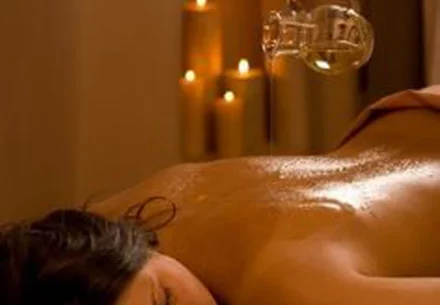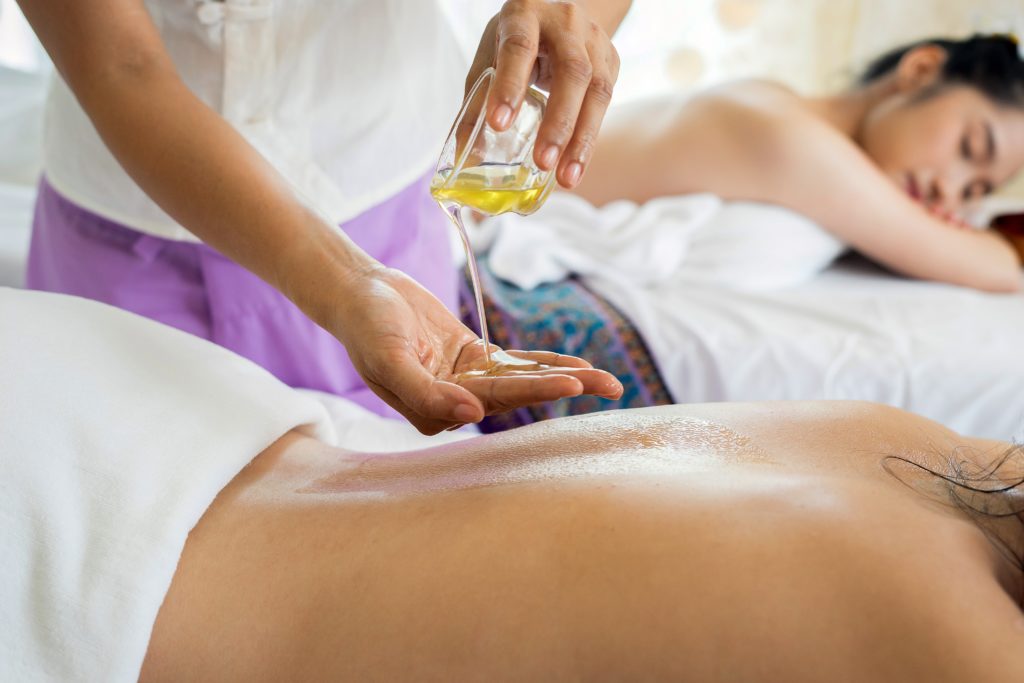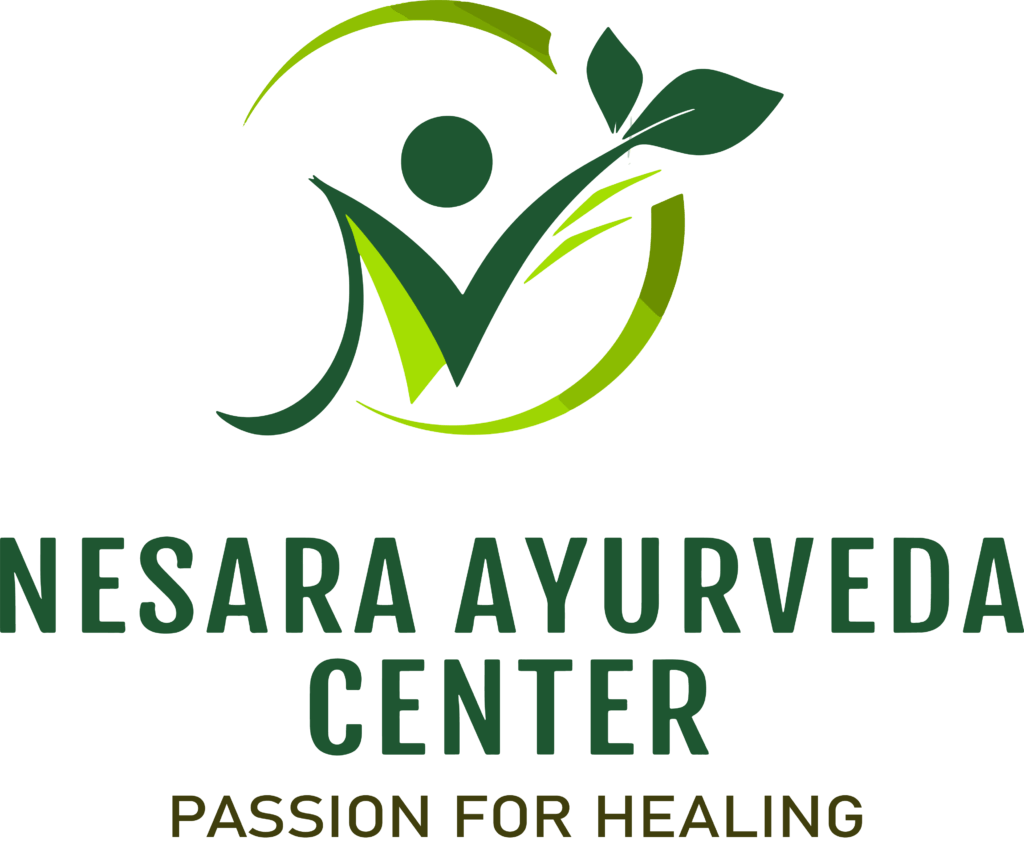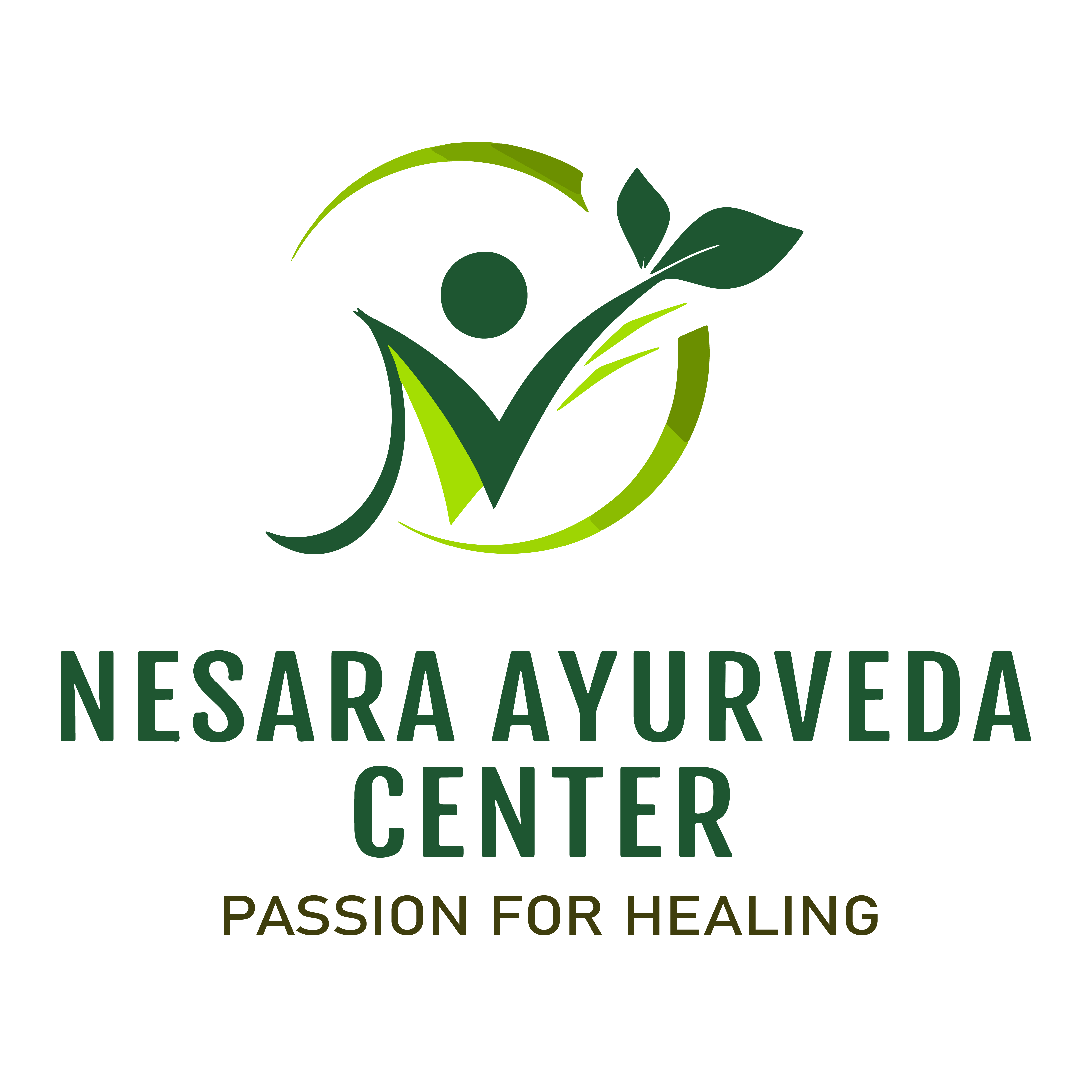Who needs it?
The main goal of Panchakarma, an exceptional and excellent Ayurvedic therapy method, is to cleanse the body and soul of the patient by performing thorough system purification. The human body is a very sensitive machine with a propensity to break down.
Panchakarma is a therapeutic technique that treats the body and soul according to the seasons and various disorders so that the body can fight against such conditions. Since the dawn of time, it has served as the Ayurvedic system’s central axis and has been crucial to healing. Bala, ayu, and sukha can be elevated with Panchakarma in both healthy and unhealthy individuals.
Panchakarma works for everyone, regardless of health. You will get stronger and have more energy if you are healthy. It will gently assist you in returning to health naturally if you are ill. Prevention is important. Any effort you make to keep things in balance will benefit you in the long run and ensure a long, healthy life.
What are Panchakarma's?
The five Panchakarma therapies are:
1. Vamana
2. Virechana
3. Basti: Asthapana, Anuvasana
4. Nasya
5. Raktamokshana

1) Vaman
For a few days, a patient receives oleation and fomentation treatments both inside and outside, including therapies and some ayurvedic medications. This makes it possible to vomit and aids in the removal of poisons from the body’s tissues. Treatment with vaman is mostly advised for kapha-dominated conditions like obesity, asthma, and hyperacidity.
2) Virechan
Virechan practices purgation, or the removal of poisons, by bowel cleaning. The patient receives oleation and fomentation treatments both inside and outside throughout this treatment. Virechan therapy is primarily indicated for ailments dominated by the pitta dosha, including herpes zoster, jaundice, colitis, celiac infection etc.
3) Basti
Managing medicinal substances with enema is an example of Ayurveda’s extraordinary devotion to the therapeutic realm. The therapy offers significant benefits, especially for complex and chronic disorders. Homemade mixes, oils, ghee, or milk are administered to the rectum depending on the type of sickness, and this produces incredibly beneficial results. This therapy is extremely effective against vata-dominant disorders like piles, arthritis, and constipation.
4) Nasya
This Ayurveda treatment is particularly good at clearing and purging the head area. The head and shoulder regions receive a gentle massage and fomentation at the start of the procedure. Following that, nasal drops are given to both nostrils. By doing so, the entire head area is cleaned, and many types of cerebral pain, headaches, hair problems, sleep problems, neurological diseases, sinusitis, chronic rhinitis, and respiratory conditions are reduced.
5) Raktamokshan
This treatment is beneficial for blood purification and is effective against diseases caused by impure blood. It can be applied to the entire body or just a specific location. This treatment is particularly beneficial for various skin conditions like psoriasis and dermatitis, as well as for local lesions like abscesses and pigmentation.
1. Vamana: Vamana is the controlled and measured forced vomiting of dosha caused by the administration of controlled substances. It is a particular kind of shodhana karma. This therapy is typically administered to Kaphadhikya patients.
2. Virechana: Virechana is the precise and controlled purgation necessary to eradicate a dosha while utilising a specific set of medications. Usually, it’s done when Pitta is in balance.
3. Basti: Drug administration via the anal channel is referred to as basti. There are primarily two varieties of it: asthapana and anuvasana.
Asthapana: For anal administration, various medications are blended with madhu, saindhava, taila, etc. in kvatha or kashaya form.
Anuvasana: Anuvasana refers to the administration of medicinal oil or ghee through the anal canal. It also goes by the term snehabasti.
4. Nasya: Nasya is a form of treatment that involves injecting medications into the nasal cavity. It is typically used for head, face, nose, eye, and ear problems.
5. Raktamokshana: Bloodletting therapy, or raktamokshana, has been used for centuries, but its exact process in terms of western terminology is still unknown. Although everyone is aware of the therapy’s unsurpassed effectiveness, its significance is dwindling over time. Raktamokshana is regarded as the majority of all therapeutic methods in Shalya Chikitsa in Ayurveda (Surgery).
Panchkarma in swastha:
When Shodhana is administered correctly, it eliminates the unhealthy Doshas (toxins), controls the illness, and boosts a person’s strength and Varna.
Here, panchakarma can be done as a Rutucharya, a Dinacharya, and a therapy method for all Vegavarodhajanya Vyadhis (diseases arising due to retention of natural urges).
Roganusara Panchakarma (For curative purpose)
Agni vruddhi: Increasing the capacity for digestion
Vyadhi upashanti: Less severe disease symptoms
All of the body’s components will function normally, according to Prakruti Anuvartate. Both physical strength and sexual potency will grow. The ageing process will be postponed. The individual had a long life free of illness.

Modern-day panchakarma
Panchakarma, also referred to as a detoxifying technique, has played a significant role for the past 5,000 years. A massive demand is currently being seen on a global scale for Panchakarma’s recognition and relevance.
Modern juice cleanses are quickly fading into history as a fad. Interestingly, the gentle yet potent panchakarma procedure is making the traditional cleansing treatment much more popular. Ayurveda, a philosophy of preventative medicine that emphasises the link between the mind and body, has a strong foundation in panchakarma.
This traditional detox is a practical, five-step procedure designed to hydrate the body. Ayurvedic practitioners often provide guidance, however there are numerous contemporary cleanses that are equally effective. When beginning this detox, it’s crucial to plan ahead rather than just dive in. It is advised that you start by making minor adjustments to your eating and exercise routines to get ready. All processed foods, including sugar, alcohol, caffeine, meat, gluten, and dairy, should be avoided (with the exception of ghee). Along with increasing your water intake, you should start adding in some gentle activity and stop doing any high-intensity workouts.
It’s time to start the deeper cleanse when you’ve finished preparing. The first stage is to switch to a diet that only includes the Indian meal kitchari, which is made with basmati rice, split mung beans, ghee, and spices. This dish contains a complete protein, and the ghee acts as a source of fat to soften and lubricate the digestive track, making digestion easier. Eat kitchari for all three meals every day for at least three days. You won’t experience any pain as your elimination gradually increases. The benefit is that you are not in a severe calorie deficit and are receiving all of your vital nutrients.

